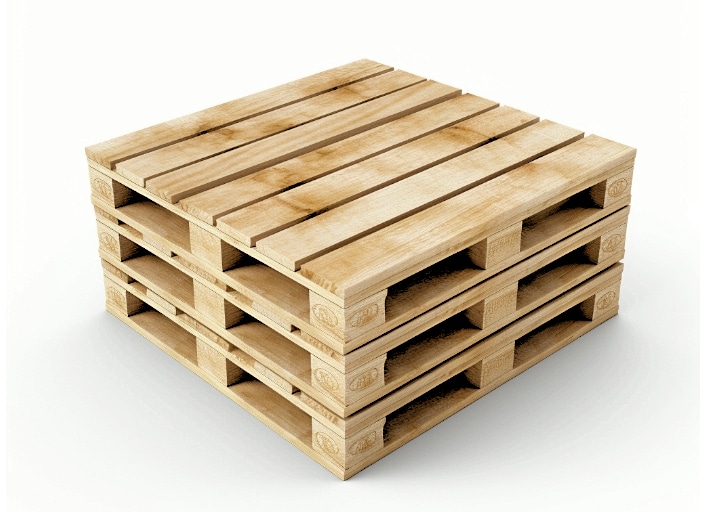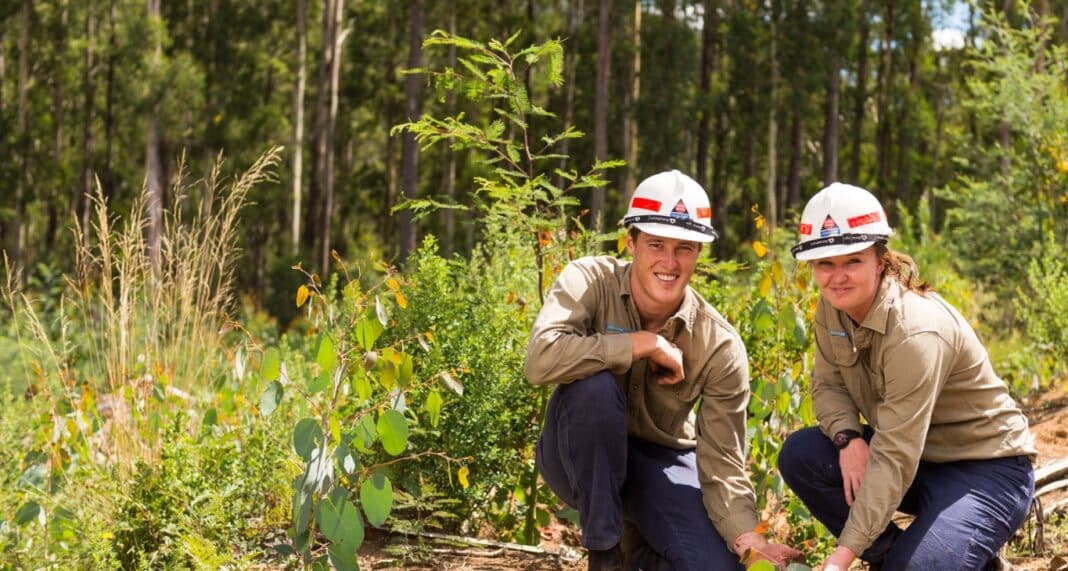VicForests no longer exists after the controversial Victorian state-owned government authority was wound up, with the few remaining skeleton staff absorbed into the Victorian bureaucracy from today.
It comes after the then-Andrews government announced in May 2023 that all harvesting would cease on January 1, 2024, before VicForests was de-registered as a state business corporation in September, paving the way for full wind-up.
Before the ban, VicForests managed 3.2 million hectares of certified native forests, with about 0.04% (or four trees in every 10,000) felled and turned into building products, paper, or wood chips, which were then sold in retailers such as Bunnings and Officeworks.
Now, following the formal closure, Wood Central understands that the total area covered by the Australian Standard for Sustainable Forest Management (endorsed by PEFC) has dropped from 20.3 million hectares of defined forest area to 17.1 million hectares, with the world’s PEFC-certified forest area dropping from 296 million hectares (as of March) to 293 million hectares.
The decision to wind up the controversial forest manager has been met with mixed responses. Environmental groups pushing to end native forestry nationwide have welcomed it, while the community—known as Timber Towns—and the supply chain have mourned it.

In November, Wood Central revealed a letter consigned by a collective representing 40,000 voting blocks, primarily in regional Victoria. The letter urged new Premier Jacinta Allan to meet with stakeholders “to explore better options moving forward.”
“As a collective supply chain, we are offering our expertise to work with your government to find agreed solutions,” the letter states, with the industry wanting to deliver benefits for the wider community. They also called for “policy decisions to be grounded in robust science and consider and balance social, economic, cultural (Traditional Owners), and environmental values,” but no meeting was forthcoming.
How will Victoria’s native forests now be managed?
In March, the ABC revealed that VicForests has been operating on a contractual basis (up to June 30) following the January 1 closure. The Victorian Department of Energy, Environment, and Climate Action forest management operations now manage the forests, including removing timber under fire management protocols.
It’s understood that 100 plus workers who had previously worked for VicForests were supported in finding new jobs that would suit their skill set in forest management and bushfire risk reduction.
However, the impact on the downstream supply chain has been extensive, with Australian Paper closing its Maryvale Mill in the Latrobe Valley – the last in the nation – to shut down its white paper operations.

Last week, Pentarch Foresty closed down its South Gippsland hardwood pallet mill, which is responsible for producing over 40% of Australia’s hardwood pallets due to log supply.
“This outcome is the result of the Victorian Government’s decision to end timber harvesting,” according to Pentarch Forestry CEO Paul Heubner, who added that when the mill was secured from its original owners in 2021. “We were confident that the Victorian Government had a workable plan for timber supply until 2030 followed by a transition into plantation, but they have failed to deliver on either promise.”
In America (and Brazil) we trust?
Last year, Wood Central revealed that Victoria’s (and Western Australia’s) decision to close their native forest industries has led to a flood of American and Brazilian hardwood exports arriving at Australian ports.
This includes a surge of lower-density Brazilian timbers used in doors and windows, breaching fire compliance requirements, as buildings and merchants looked to make up the shortfall—Victorian timbers were responsible for 24% of timber doors sold on the eastern seaboard.
At the same time that Brazilian timbers are on the rise, imports of American red oak—used in mouldings, flooring, furniture, doors, cabinets, and coffins—have increased by 15 times since the ban, whilst volumes of white oak—which is also up 64%—are flowing through ports at the same time that NSW supplies of hardwood are also running out.
The pivot comes as the local industry grapples with the ban on Victorian and West Australian native forest harvesting – enforceable from January 1, with Wood Central reporting that Australian Sustainable Hardwoods, once reliant on harvested Victorian species to produce 520 cubic metres of timber a day, has spent years more than five years working with US-based hardwood exporters to make up the shortfall.
“We are using it (Glacial Oak – made from American Oak),” according to Vince Hurley, Managing Director of Australian Sustainable Hardwoods, “to supply the market we have developed and as a replacement for some of our Vic Ash.”
“It has been perfect in that space – staircases, windows, doors and furniture. We also have a new engineered flooring line; we will have an engineered floor made of it.”
- Please refer to Wood Central’s special feature for more information on how Australian timber manufacturers are rising to meet hardwood demand in the face of the closure of native forest harvesting in Victoria and West Australia.






